Are you looking to find the best lens filter brands out there? Are you struggling to understand the difference between the key camera filters on the market?
Then you’ve come to the right place.
Because in this article, you’re going to
discover the top 10 filter brands on the market. You’ll come away with an
understanding of the key players in the filter business–and, hopefully, which
brand is right for you.

Before we get into a discussion of filter
brand nitty-gritty, let’s take a look at the fundamental characteristics of
filters in 2020:
Types of Lens Filters
First and foremost, there are seven main types
of filters on the market.
- UV filters – designed to minimize the ultraviolet light reaching camera film.
- Polarizing Filters – created to reduce reflection and glare on subjects.
- Neutral Density (ND) Filters – designed to darken the entire frame.
- Graduated Neutral Density (ND) Filters – intended to darken the top half (or bottom half) of the frame.
- Special Effects Filters – designed to produce a creative look, such as a soft-focus effect.
- Protective Clear Filters – designed to protect your lens from scratches, dust, and other hazards of use.
- Warming and Cooling Filters – created to alter the colors of your image.
Of these filters, only a few are actually
relevant today. Ultraviolet filters, for instance, are completely useless if
you’re using a digital camera–because the camera sensor doesn’t need to be
protected from ultraviolet light.
Other filters are made irrelevant by modern
post-processing software. Warming filters and cooling filters can be easily
replicated using Lightroom, Photoshop, or any other basic post-processing
program (with a lot more flexibility, I might add). The same is true of special
effects filters, because the corresponding effects can easily be achieved in
post-processing.
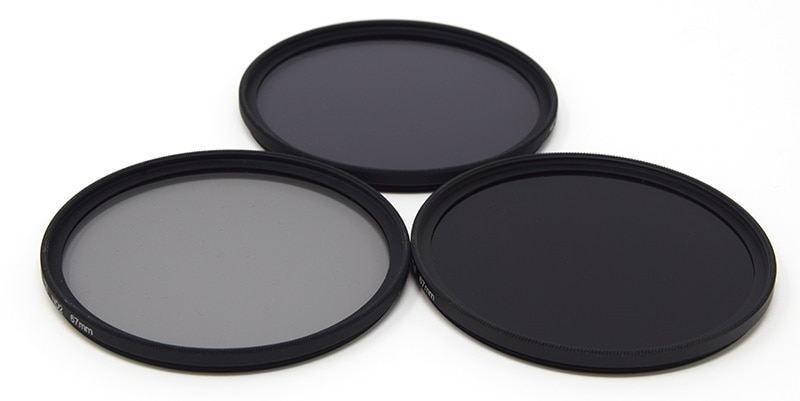
As for graduated neutral density filters:
While these are still used by some landscape
photographers to darken skies (therefore decreasing the dynamic range of the
scene and preventing blown highlights or clipped shadows), this is an effect
that can be pulled off using exposure bracketing. There are even programs, such
as Aurora HDR, dedicated to this type of processing.
Now, I mentioned that there are a few filters
still relevant to today’s digital photographers.
Let’s take a look at each of these filter types:
Polarizing Filters
First, polarizing filters are indispensable
for most landscape photographers (as well as some architectural and travel
photographers). The polarizing effect isn’t one that can be replicated in
post-processing, and it can greatly enhance skies while dealing nicely with
reflective surfaces.
Neutral Density (ND) Filters
Second, neutral density filters are an easy
way to reduce light for stunning long exposure photos. In other words, if you
want to use a 30+ second exposure to create blurred water or blurred skies, but
you have too much light to get the shutter speed you want, you can pop a
neutral density filter onto the lens–and then take your image.
That way, you can capture exposures that last
for long minutes, even hours, in bright light.
Clear Protective Filters
Finally, some photographers like to put clear
protective filters on all of their lenses. This tactic is fiercely debated,
however, and is really a matter of personal preference. Yes, they can protect
your lenses from small mishaps–but they also decrease the optical
effectiveness of the underlying lens.
Because here’s the thing:
Every filter degrades image quality.
Lens Filters and Image Quality
Even the absolute best filters reduce image
quality at least a little bit, though it might not be noticeable unless you do
a lot of pixel-peeping. Plus, filters can cause vignetting (that is, darkened
corners around the edge of the frame), as well as the probability of flare.
This is why you should never buy filters for bargain prices on eBay; unless you’re
purchasing from a reputable brand, you can easily end up ruining the image
quality of your lens. Better to use no filter at all than to use a $2 dollar
budget offering.
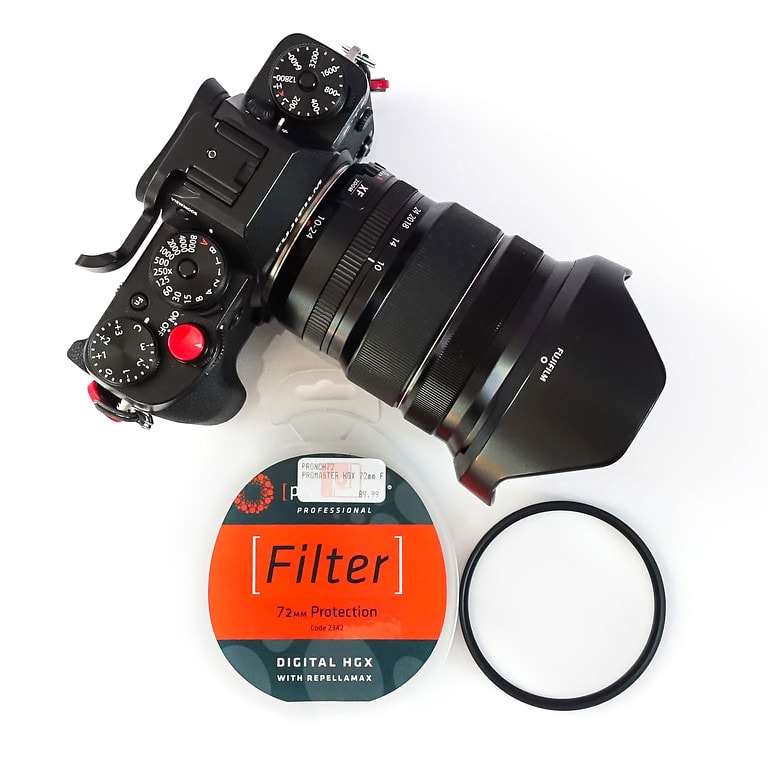
Instead, if you buy filters, buy good quality.
If you like, you can use a basic rule of thumb:
Get a filter that costs at least 10% of the
price of your lens (new). So if you have a $1000 lens, you’ll want to spend
around $100 on a filter.
Bottom line:
You should always be careful about putting a
filter onto your lens. You’ll be gaining something–but
you must always ask yourself whether it’s worth it.
Now let’s take a look at the best lens filter
brands today:
Best Filter Brands Today
Looking at the filter market, you’ll notice
quite a few options, though not all of them are high quality.
Here, we’ve listed the best lens filter brands
according to their popularity, quality of filters, and filter selection.
Starting with the number one camera filter
brand out there:
1. Lee Filters

Is Lee Filters the best filter brand out there
in 2020?
In a word: Yes.
Lee Filters has been producing filters since
1967, and they’ve only gotten better in the intervening years. Lee filters are
expensive, but they’re also a favorite of professionals.
In fact, the Lee Big Stopper 3.0 (10-stop)
neutral density filter is the most famous 10-stop ND filter on the planet. It’s
just that good.
What’s nice about Lee Filters is their
combination of quality and filter selection. Lee has been in business for a
long time, which has given them the resources to develop quite the product
lineup, including neutral density filters, polarizing filters, and graduated
neutral density filters, as well as interesting black and white and special
effect options.
So if you’re looking for the best of the best,
Lee Filters is the place to start.
2. B+W Filters

B+W, built by German company Schneider Kreuznach, is a commonly recommended filter brand among professionals and hobbyists, and for good reason:
While B+W filters don’t come at ridiculous
prices, they do offer amazing quality. Plus, B+W is known for their innovation,
having made impressive strides in the production of multi-layer filter
coatings.
Look at the B+W filter lineup, and you’ll see
a huge set of options to choose from:
- Polarizing filters.
- Close-up filters.
- Protection filters.
- Neutral density filters.
As well as some more unusual options,
including infrared and soft-focus filters.
So if you’re in the market for a high-quality
filter but just don’t have a lot to spend, check out B+W.
3. Tiffen Filters
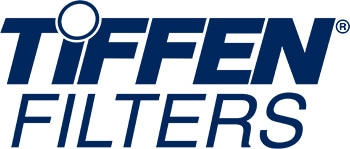
Take a look at Tiffen’s filter lineup, and
you’re bound to be impressed; you’ll struggle to find another filter brand out
there with such a huge selection of products.
Now, options aren’t always good, but Tiffen
also manages to cover all of its bases. The company offers UV filters, neutral
density filters, and polarizers, as well as color filters, diopters (for
close-up photography) and drone filters (for, well, drones).
What’s most incredible about Tiffen filters
are the prices. Tiffen doesn’t really skimp on quality, but manages to keep its
customers paying far less than some of the highest-end brands on this list.
4. Hoya

In a lot of ways, Hoya is like Tiffen:
Good filter quality for amazing prices.
Now, with budget filters, you do have to be
careful, because there’s a reason they cost a third of the competition. But if
you’re willing to sacrifice a bit in terms of image quality, a Hoya filter is a
great way to enter into the world of landscape photography filters.
Hoya offers options from circular polarizers,
to neutral density filters, to close-up filters, and even some special effects
options such as soft filters and star filters.
5. Formatt Hitech

Formatt Hitech makes some of the most
high-quality filters on the market–though they’re also some of the most
expensive.
Having produced filters for over 30 years,
Formatt Hitech has taken steps to create their own standout coating process,
known as Firecrest. The Firecrest filter lineup started in 2014, and has
expanded to include Firecrest Ultra filters, which are designed to produce
unprecedented filter quality.
Take a look at the the Formatt Hitech store,
and you’ll find graduated neutral density filters, neutral density filters,
polarizing filters, and UV filters, though Formatt Hitech doesn’t offer any
clear protective options.
6. Cokin
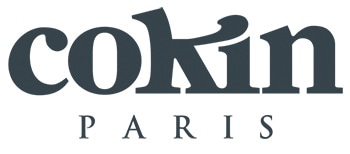
Back in the 1970s, Cokin filters famously
introduced a Creative Filter System,
which allowed photographers to use the same filters on multiple lenses. It
worked by adapting a filter holder to each lens diameter; hence, a photographer
could slip a neutral density filter into the holder, then mount it on several
different lenses in succession.
The Creative Filter System was revolutionary
for landscape photographers in particular–and while Cokin may not hold the
premier photography position that it did in the past, it’s still a force to be
reckoned with. And one that offers pretty much every filter type imaginable.
These days, Cokin primarily produces square
filters (for use in their Creative Filter System), including neutral density
filters, graduated neutral density filters, graduated color filters (to enhance
scenes by pushing color into part of the frame), circular polarizing filters,
black and white filters (for selectively altering the tones in black and white
photography), optical effects filters, and much more.
(They even offer a filter that inserts a
rainbow into your images!)
No, not all of these filters are relevant to
most of today’s photographers. The black and white filters, for instance, will
matter little to all but the most anti-software shooters.
But the quality of Cokin filters is right up
there with the best, and if you’re not aware of Cokin’s lineup, it’s certainly
worth a look.
7. Heliopan

Heliopan is one of the oldest filter brands in
this article; the company started producing filters way back in 1949.
They’re also one of the most impressive,
offering a mix of filters, from polarizing to clear protective to neutral
density to soft focus.
One of the best things about Heliopan is that,
despite its status as a premier filter company, the prices remain reasonable.
If you’re looking to grab a nice filter but don’t want to pay 100+ dollars for
a Format Hitech option, then Heliopan is a great place to look.
8. NISI

NISI is a relative newcomer to the lens filter
scene, having only started filter production in 2005. But don’t let that fool
you.
Because despite their lack of heritage, NISI
has managed to repeatedly create innovative, ultra-high quality
filters–filters that would satisfy pretty much any professional.
And despite their recent entry into the filter
business, NISI has quickly expanded to offer neutral density filters,
polarizing filters, graduated neutral density filters, and more. No, they don’t
offer the same breadth as Cokin’s inventory, but they have everything that a
serious photographer might need to take their images to the next level.
9. Breakthrough Photography
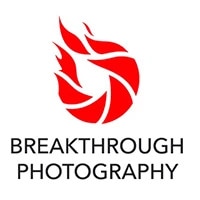
Breakthrough Photography officially began in
2015, which makes it the newest filter company on this list. And their approach
to filter production hasn’t exactly been conventional; they’ve used Kickstarter
campaigns to fund several of their filter projects, plus they’ve maintained an
unusually strict product lineup.
If you’re looking to find special effects filters, black and white filters, and all sorts of interesting-but-rarely-useful options, look elsewhere.
Related:
But if you want your bread-and-butter filters
with amazing optics, Breakthrough Photography is a great way to go.
The company produces some of the best neutral
density and circular polarizing filters on the market, even if their prices are
a bit steep. So if your budget can handle it, Breakthrough Photography filters
will keep you satisfied.
10. K&F Concept

Who is K&F Concept?
The company is less than a decade old (it
began in 2011), but K&F Concept has already managed to punch far above its
weight, producing tripods, camera accessories, filters, and much more.
While K&F Concept filters aren’t the
highest quality options on the market, they offer a nice price point compared
to some of the other brands on this list. Check them out for neutral density
filters, polarizing filters, and UV filters at reasonable prices.
Best Lens Filter Brands: Conclusion
Now that you’ve finished the article, you know
all about the best filter brands on the market–and, hopefully, the filter
brand that fits your need.
If you’re looking to buy some of the
highest-quality options out there, consider options such as LEE filters,
Formatt Hitech filters, or Breakthrough Photography filters.
If you’re looking for a more
middle-of-the-road option, B+W is always a good bet.
If you’re looking for decent quality filters
at impressive prices, check out Tiffen, K&F, or Hoya.
Regardless, you’ll find the perfect filter for
your lenses.
Just remember to always ask yourself whether a
new filter is necessary.
Because while filters can do a lot for your
photography…
…they can also hold it back.
So choose carefully!

